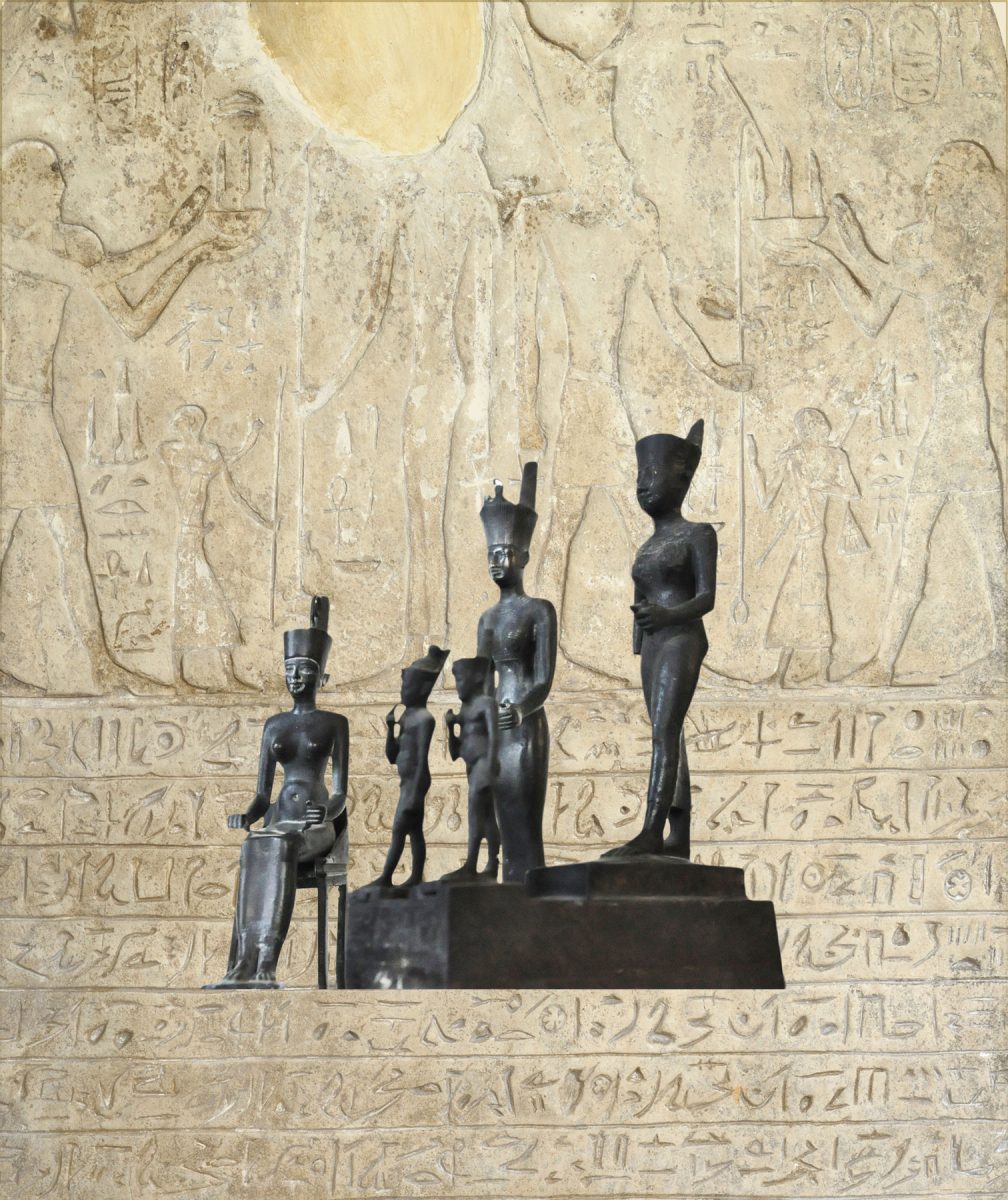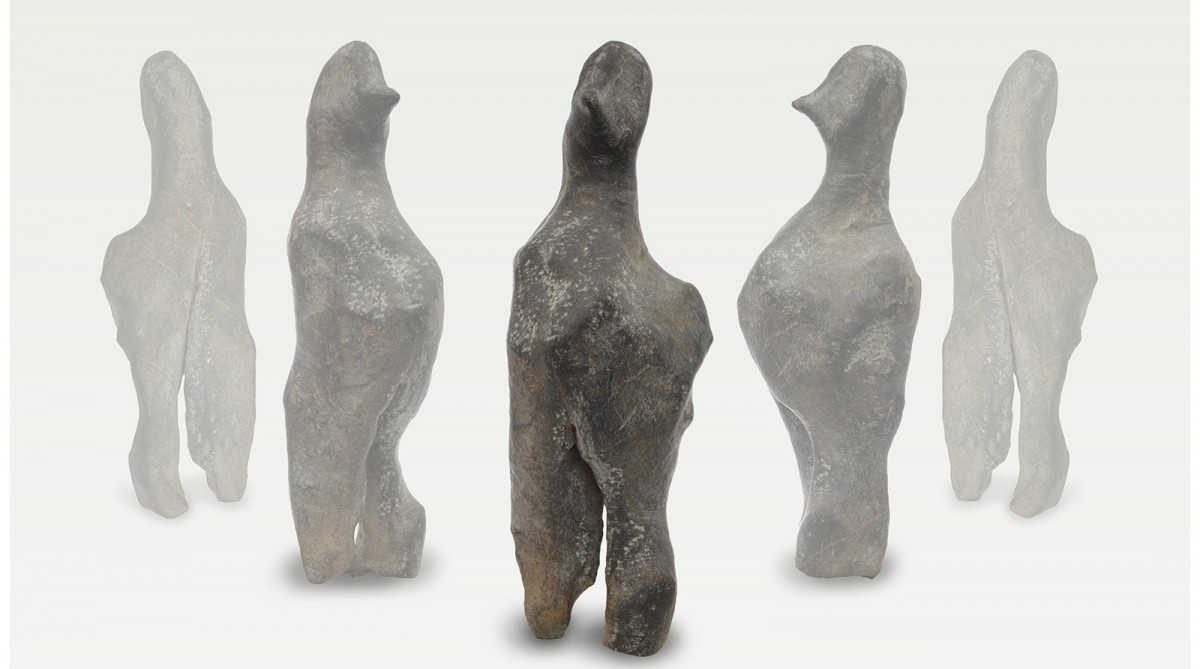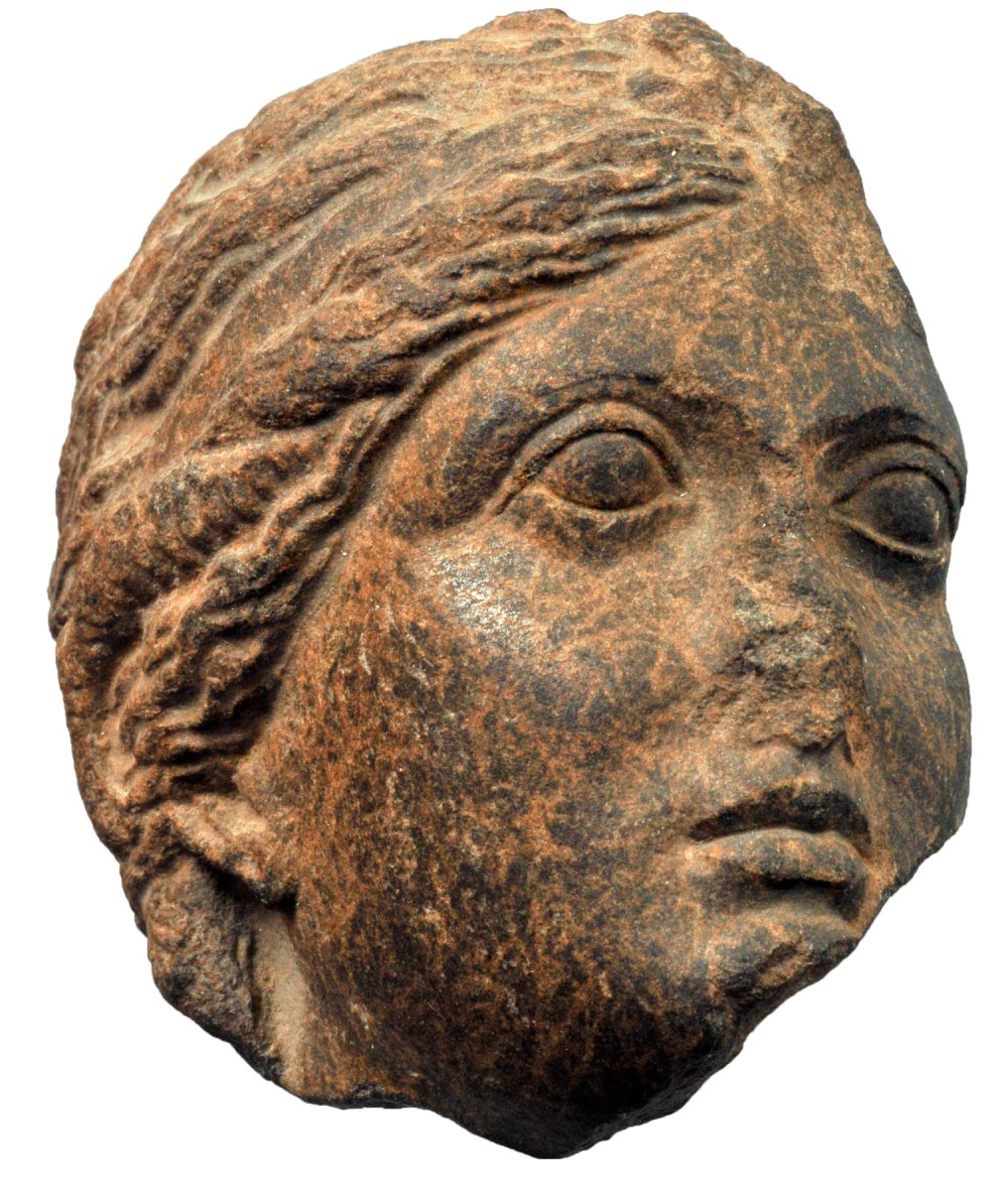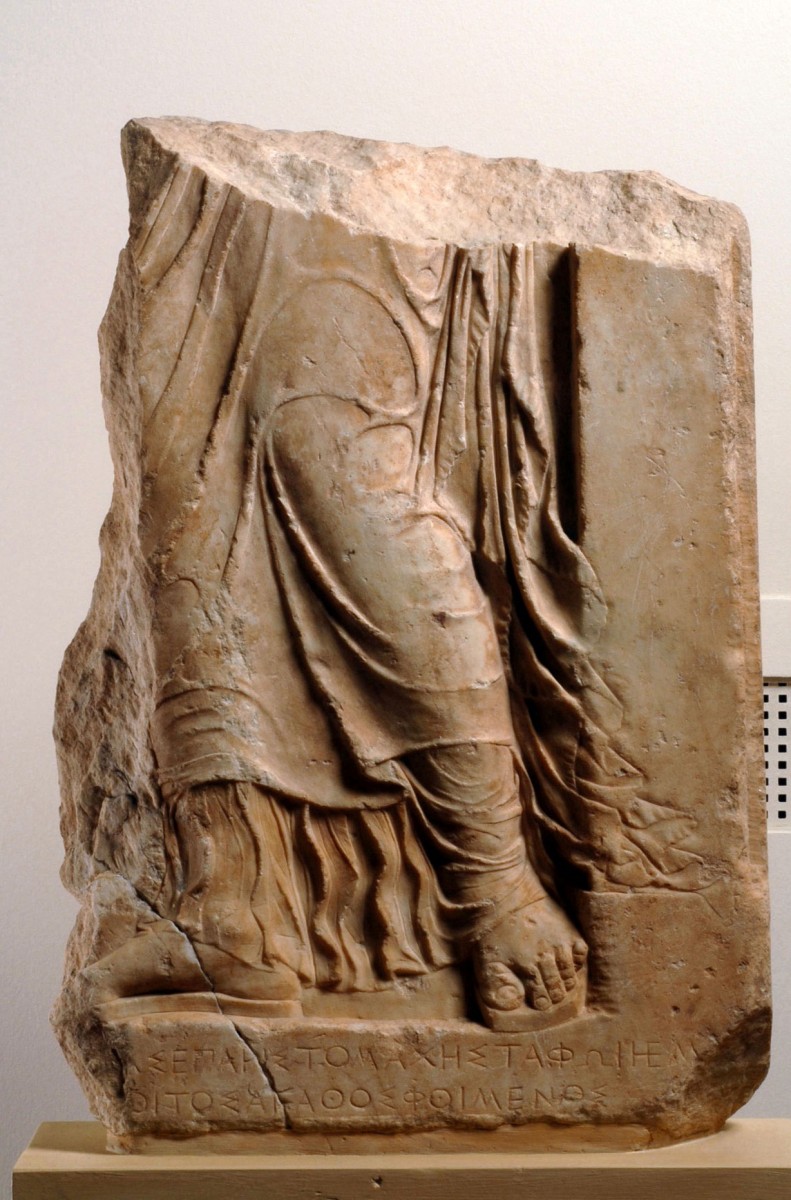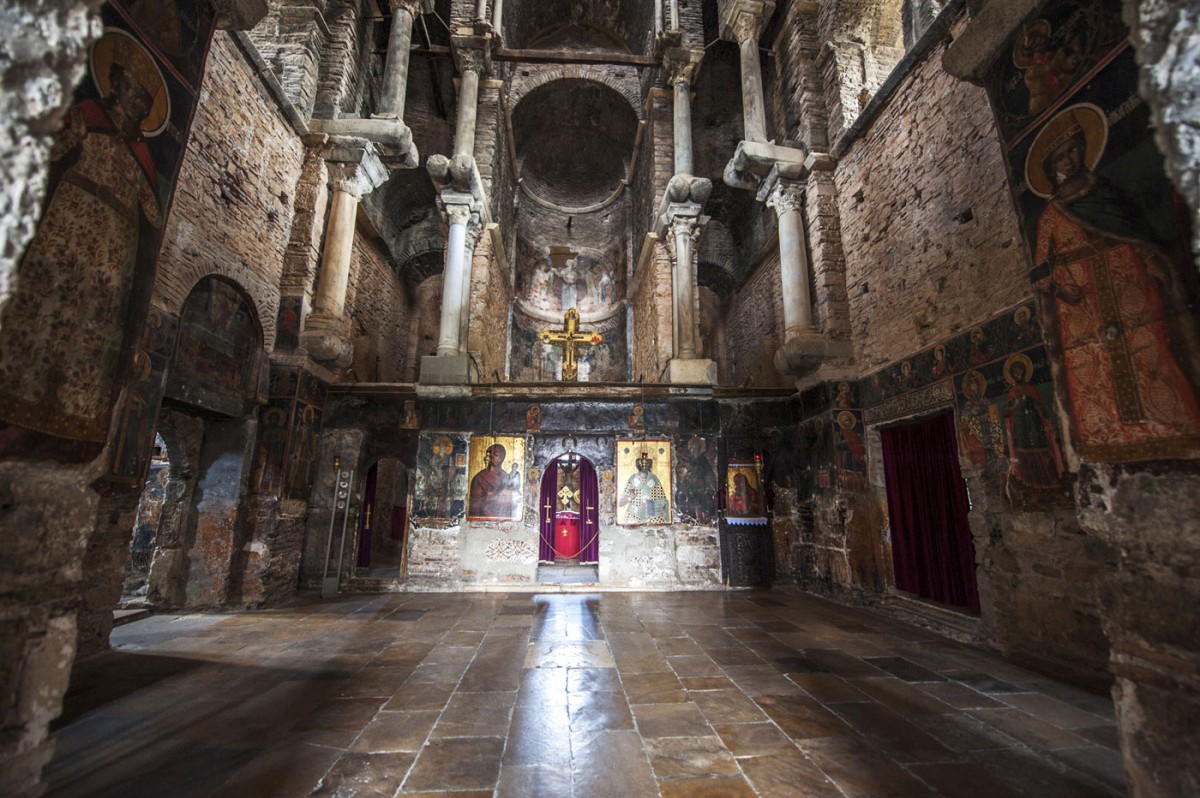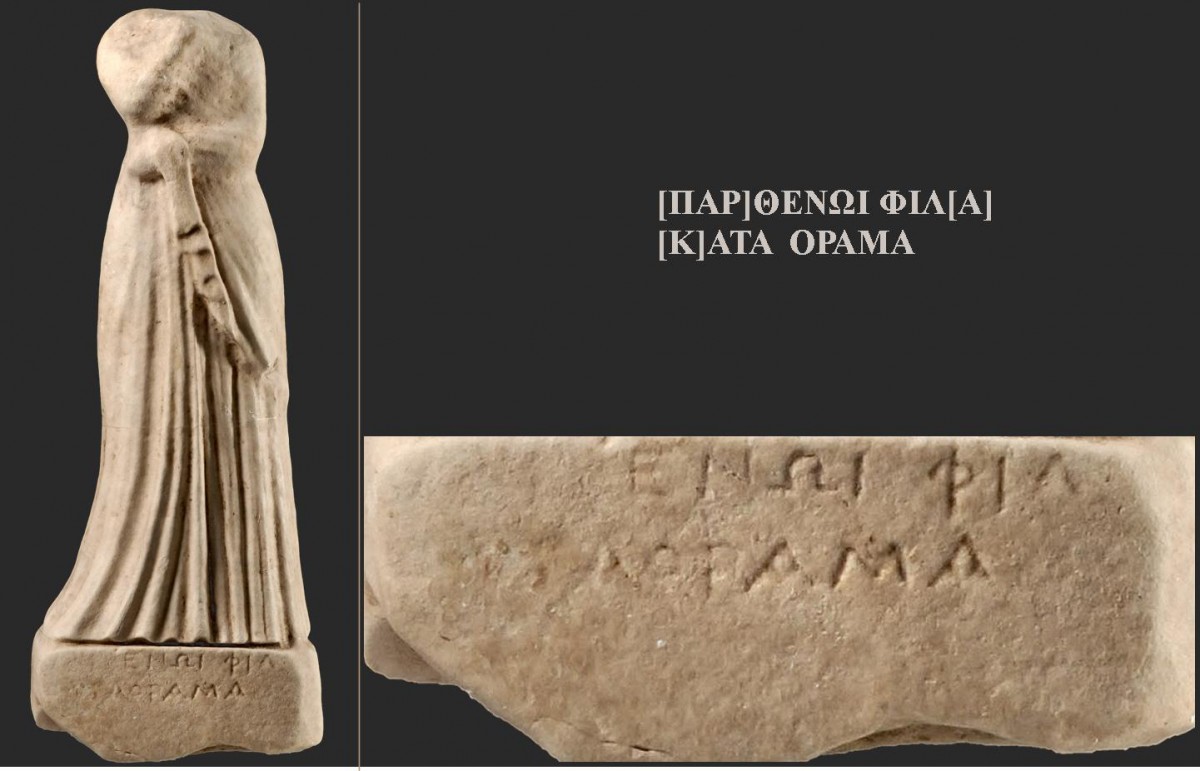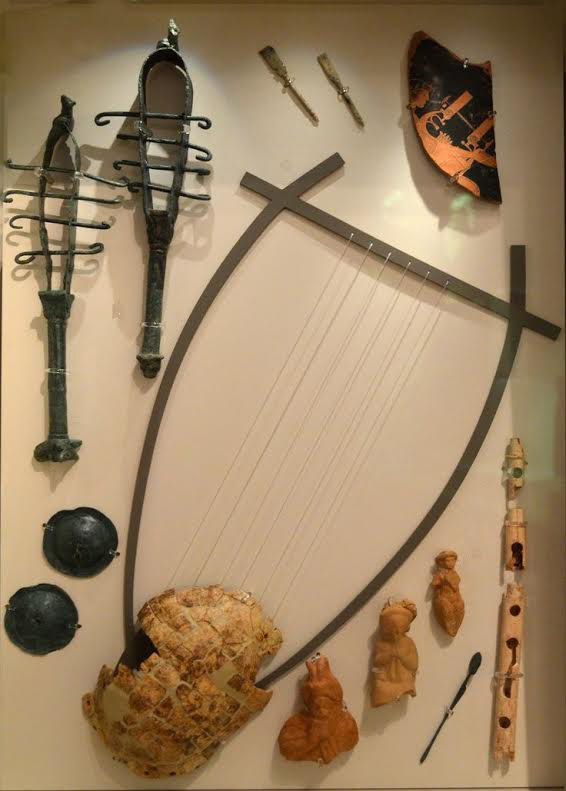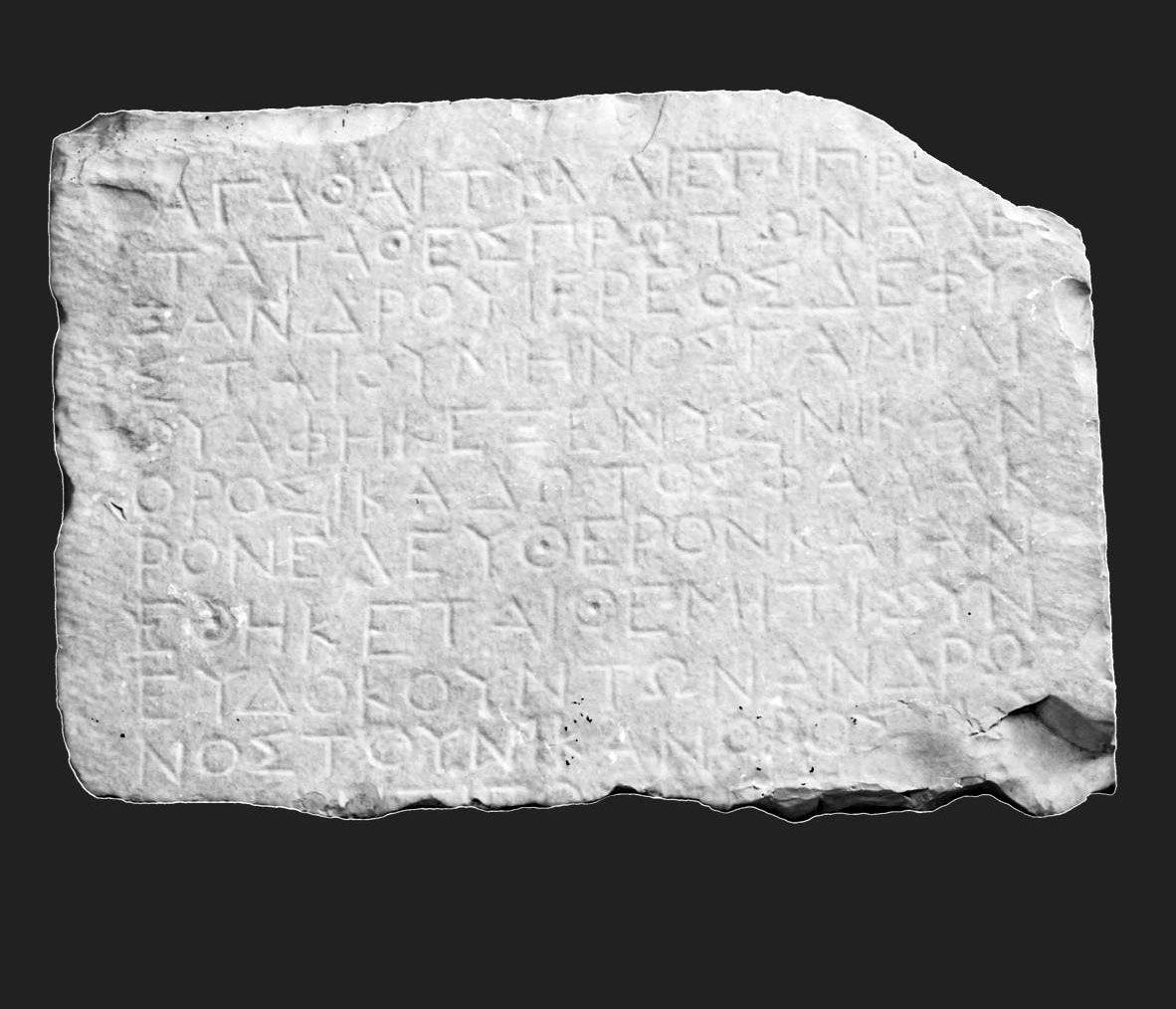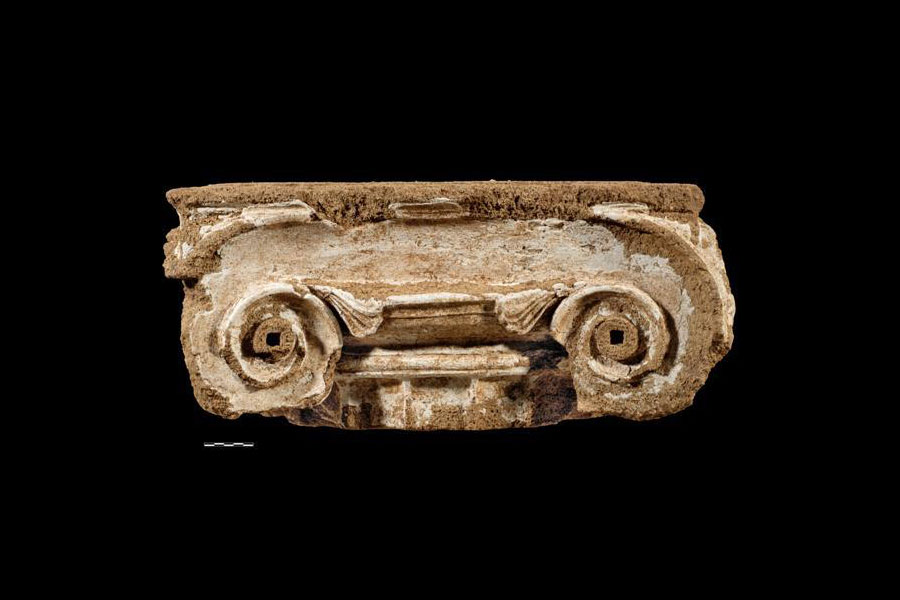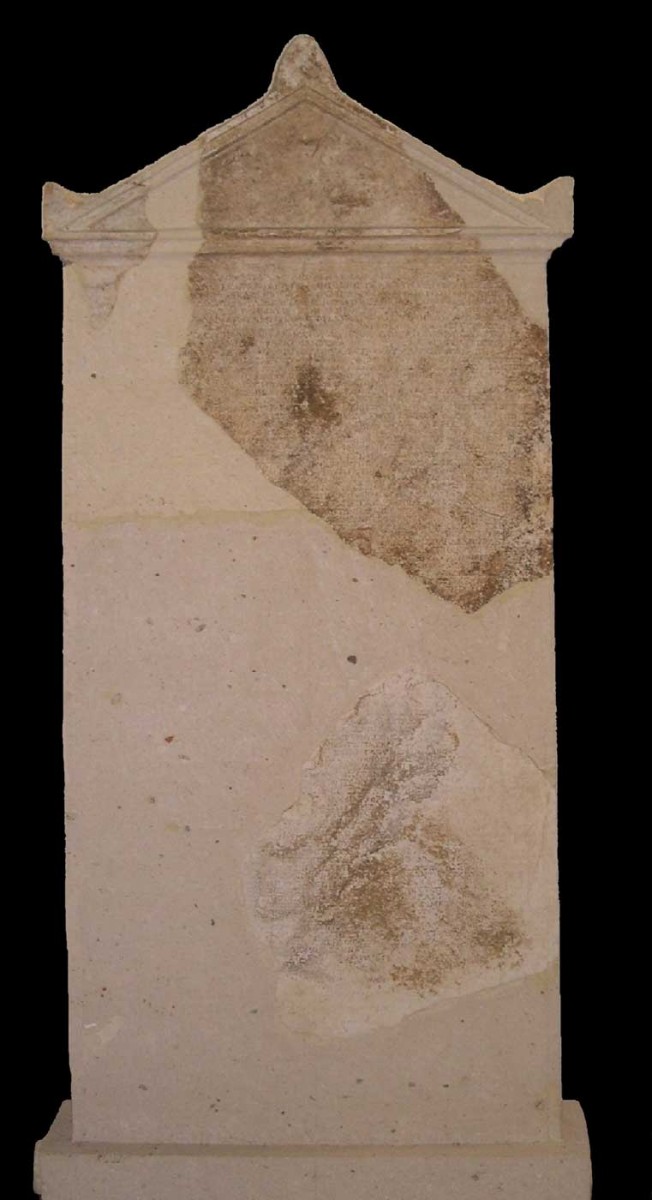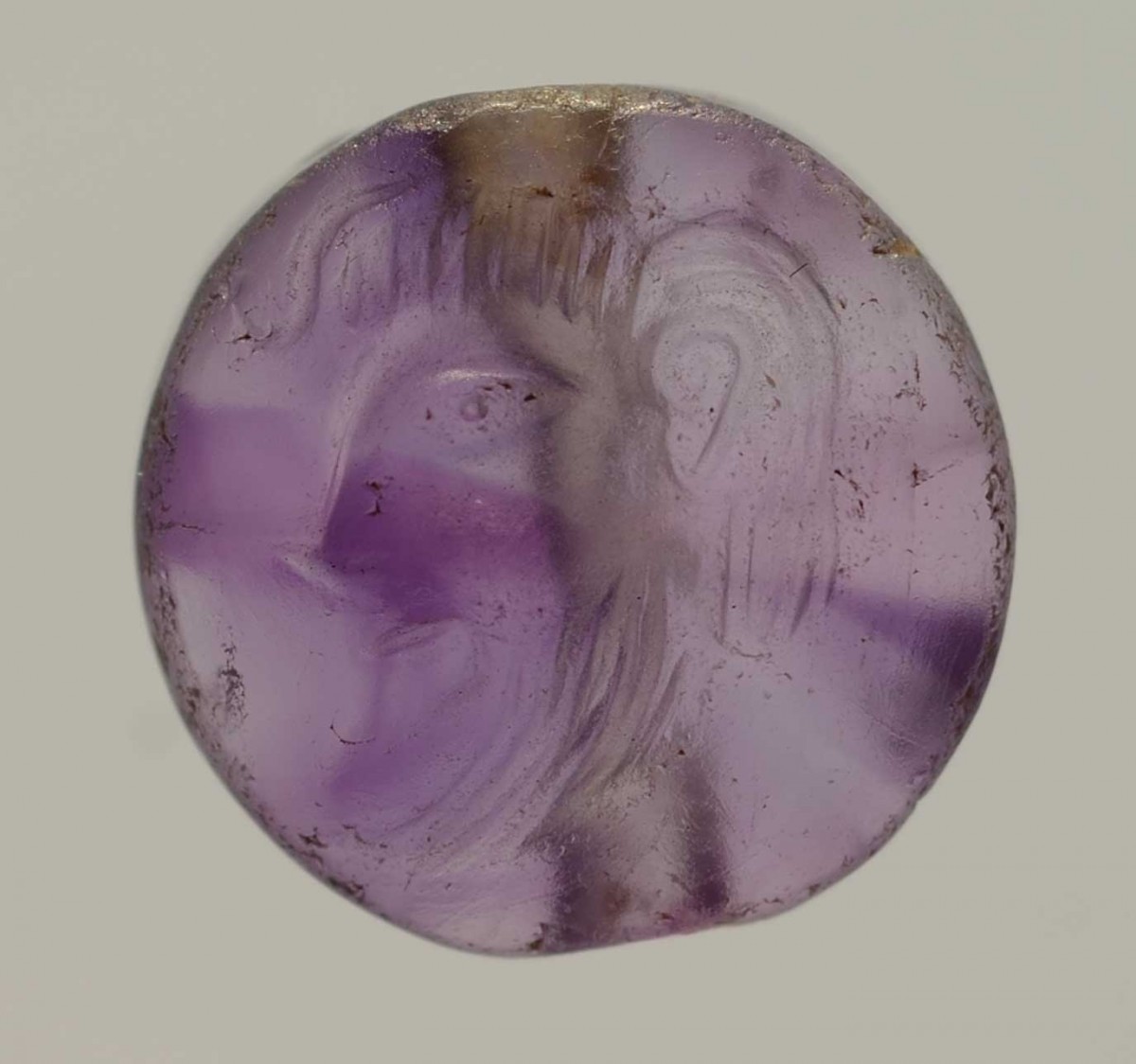Meet Neith, creator of the world
The goddess Neith, “creator of the world”, was brought out of the storerooms of the National Archaeological Museum, to be presented to its visitors and to tell her unknown story.
A human figure carved in stone 7000 years ago
The smaller than life-size statuette exhibit, shown in the NAM, clearly sums up the effort of the sculptor of the Final Neolithic to carve in the round this rare work, out of such a hard rock as granite, without having at his disposal metal tools.
Arsinoë II Philadelphus
Every two months the National Archaeological Museum of Athens selects an artefact from its storerooms to present to the public. This time it is Arsinoë II Philadelphus.
The grave stele of Aristomache
Found in 1891 in Athens, in Athinas street, at the Acharnian Gate, this grave stele dates back to c. 420 BC.
The iconostasis of the Church of Panagia Parigoritissa at Arta
The iconostasis of the church of Parigoritissa was chosen by the Ephorate of Antiquities of Arta as the exhibit of this month.
The votive offering of Phila
This month’s selected exhibit of the Museum is the body of a female statuette with an inscribed base.
A music lyre from Ambracia
A music lyre was chosen by the Ephorate of Antiquities of Arta and the Archaeological Museum of Arta as the exhibit of this month.
The freeing of the slave Falakros from his master Xenys, son of Nikanor…
This month's selected exhibit by the Igoumenitsa Archaeological Museum is a manumission inscription on a stone stele which was found in 1960 in the area of Goumani (anc. Gitana) and is dated in the mid 4th c. BC.
An Ionic column capital from the Prytaneion of Ambracia
An Ionic column capital was chosen this time as "exhibit of the month" by the Ephorate of Antiquities of Arta and the Archaeological Museum of Arta.
A stone stele from the temple of Apollo the Savior
The inscription is in the Doric dialect of NW Greece and contains the treaty defining the limits between the two cities, Ambracia and Charandros.
The Prince and the Artist: Bronze Age Greece through a minuscule masterpiece
On this minuscule amethyst disc-shaped seal (measuring 9mm in diameter), a gifted and experienced Minoan craftsman has depicted a lively, exquisitely detailed and unprecedentedly artistic representation of a male head in profile.
